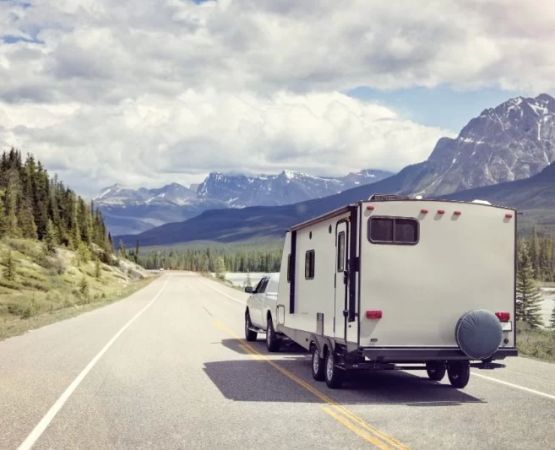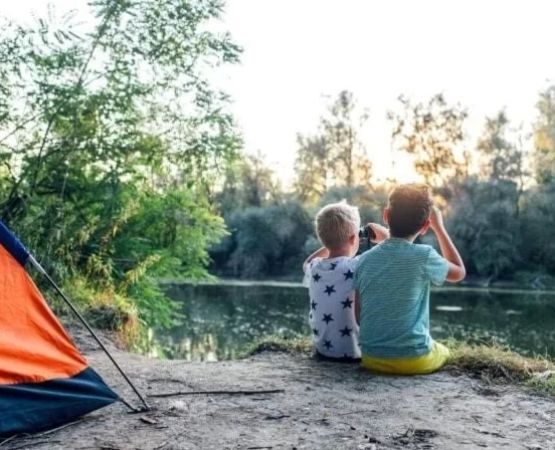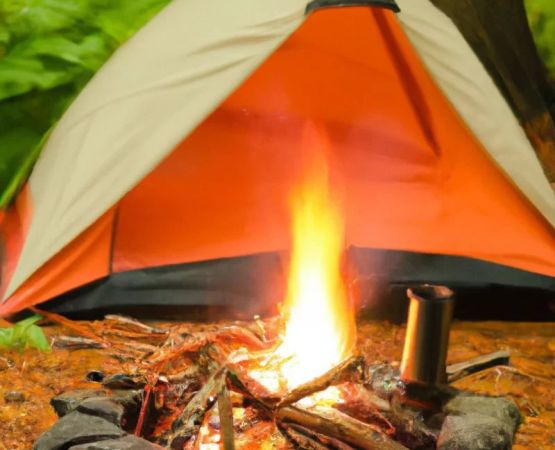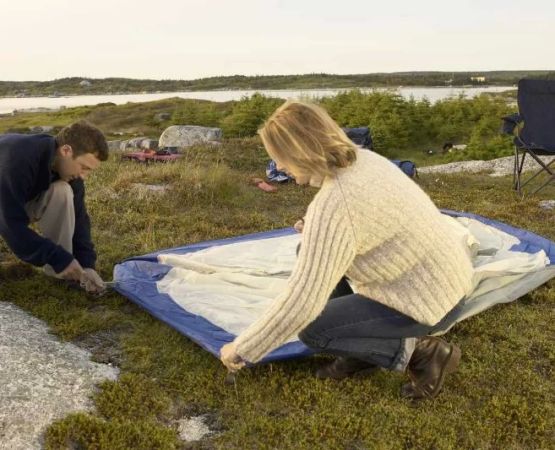How to Ensure Fire Safety While Camping: Essential Tips for a Safe Outdoor Experience
As an avid camper, one of the most enjoyable aspects of camping for me is gathering around the campfire in the evening. The warmth, the crackling sounds, and the sense of camaraderie it brings make it a staple of every camping trip. However, campfires come with their own set of responsibilities. Ensuring fire safety while camping is crucial to protect both the environment and the people around you. Over the years, I’ve learned some valuable lessons on how to safely build and manage a fire, and I’d like to share these with you to ensure your next camping trip is both enjoyable and safe.
1. Choose the Right Location for Your Campfire
The first step in fire safety is selecting the right spot to set up your campfire. It’s important to avoid areas with overhanging branches or dry grass, as these can easily catch fire. Whenever possible, use established fire rings or fire pits. These are designed to contain the fire and minimize the risk of it spreading. I remember one camping trip where I didn’t pay enough attention to my fire’s location, and a gust of wind sent sparks flying into the dry leaves. Fortunately, I managed to put it out quickly, but it was a wake-up call. Always choose a spot that is clear of debris and at least 15 feet away from tents, trees, and anything flammable.
2. Understand the Local Regulations
Before heading out on a camping trip, make sure you are familiar with the fire regulations of the area where you’ll be camping. Many national parks, forests, and campgrounds have specific rules about campfires, especially during dry seasons when the risk of wildfires is higher. Some areas may have fire bans in place, and it’s essential to respect these regulations. I once had to alter my plans when I arrived at a campsite only to find that the region was under a fire ban due to dry conditions. Although I was disappointed, I appreciated how seriously the authorities took fire safety, and it made me more mindful of these regulations on future trips.
3. Use Safe Materials to Start Your Fire
When starting a campfire, always use dry, seasoned wood. Wet or green wood not only creates a lot of smoke but can also be harder to control. I’ve learned the hard way that attempting to burn wet logs often results in frustration, and worse, it can cause your fire to smolder and spread. Stick to using small, dry twigs to get the fire started, and then gradually add larger logs. Avoid using accelerants like gasoline, lighter fluid, or alcohol, as these can be dangerous and cause the fire to spread uncontrollably.
4. Keep the Fire Under Control
Once your fire is going, it’s important to keep it under control at all times. Never leave the fire unattended, even if you think it’s small and manageable. I’ve been on trips where I was too focused on other things—like enjoying the night sky or chatting with friends—and didn’t keep a close eye on the fire. One time, a sudden breeze reignited some embers that were close to the edge of the fire pit. Fortunately, I had water nearby, and I was able to extinguish the flare-ups quickly. Always have a bucket of water, a shovel, or a fire extinguisher within easy reach, especially if you’re camping in an area prone to dry conditions.
5. Understand How to Properly Extinguish the Fire
Knowing how to properly put out a fire is as important as knowing how to build one. A fire can reignite hours after you’ve thought it was completely extinguished, so always take the time to fully douse the fire with water. Once the flames are out, stir the ashes with a shovel or stick to ensure all embers are cool to the touch. A good rule of thumb is that if you can still feel heat from the ashes, the fire isn’t out yet. This is something I learned after I failed to properly extinguish a fire one summer. The next morning, I found that the embers had reignited and were spreading toward some nearby brush. Luckily, we caught it in time, but it was a moment of panic I’ll never forget.
6. Be Mindful of the Weather
Weather plays a significant role in fire safety. Strong winds can cause flames to spread quickly, and dry conditions can turn a small spark into a wildfire in no time. On one camping trip, a windstorm came up unexpectedly, and we had to quickly assess the situation and put the fire out to prevent it from spreading. If you’re camping during windy conditions, it’s important to monitor the fire closely and be prepared to extinguish it immediately. I’ve also learned to check weather forecasts before setting out and plan my campfire activities accordingly. If strong winds or a dry spell are predicted, it’s best to skip the fire altogether and rely on other forms of warmth and lighting.
7. Keep Children and Pets Safe
Children and pets can be particularly curious around fires, which can pose a risk. As much as I love having my family around during camping trips, I’ve made it a point to teach my kids about fire safety. Always keep a safe distance from the fire, and never leave children unattended near the flames. When camping with pets, ensure that they are also kept at a safe distance from the fire. I’ve had to remind my dog several times to stay away from the campfire, as she’d often get too close while sniffing around. Using fire barriers or keeping pets on leashes can help ensure they stay safe from the fire.
8. Practice Leave No Trace Principles
As responsible campers, it’s crucial to follow Leave No Trace principles, which include properly disposing of any fire debris. Once your campfire is completely extinguished, make sure to scatter the cooled ashes or pack them out with you, depending on local guidelines. In my earlier camping years, I didn’t always think about the environmental impact of my campfires, but I now make a conscious effort to minimize my footprint. Not only is it essential for fire safety, but it’s also part of preserving the natural beauty of the areas we love to camp in.







